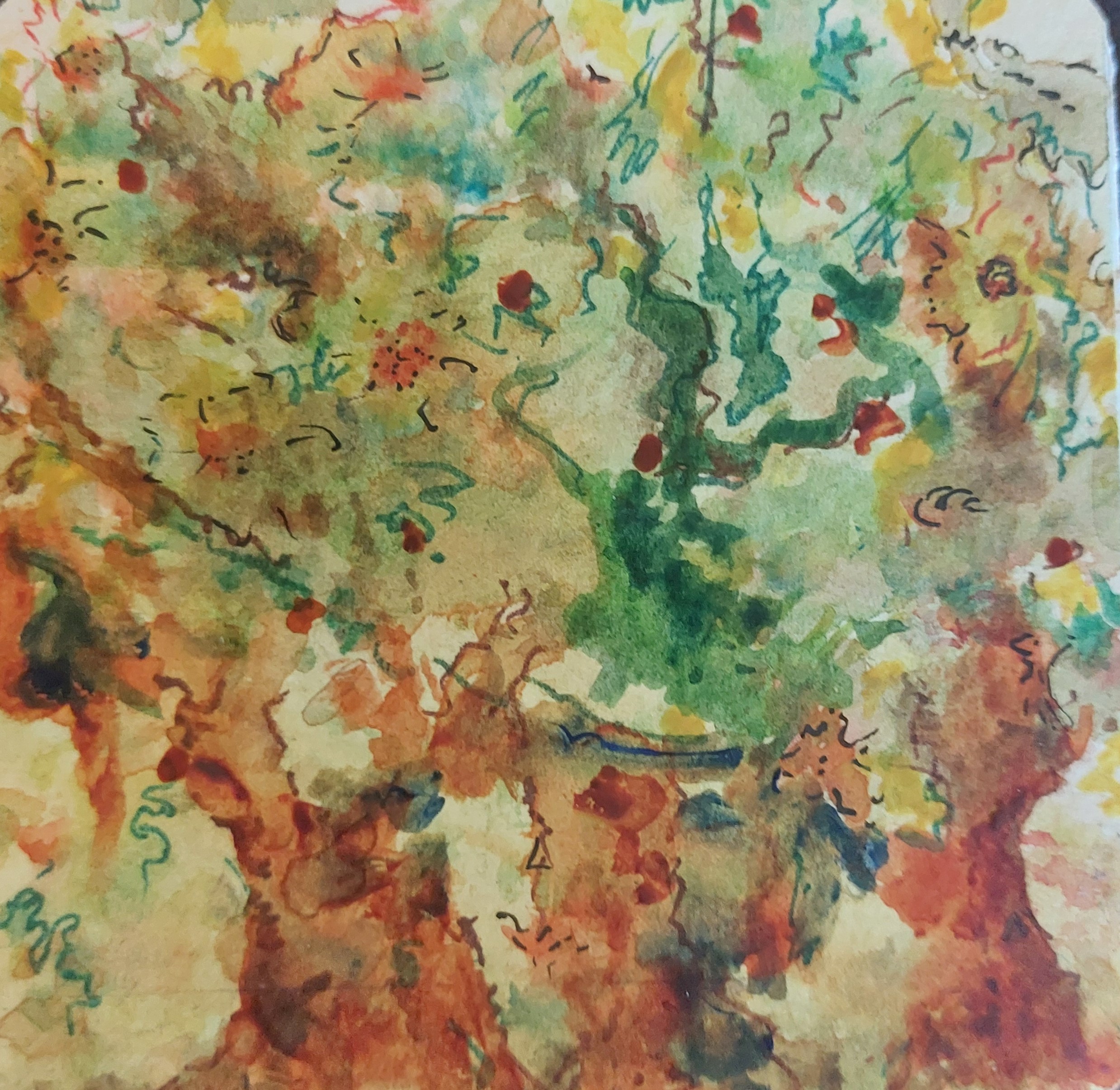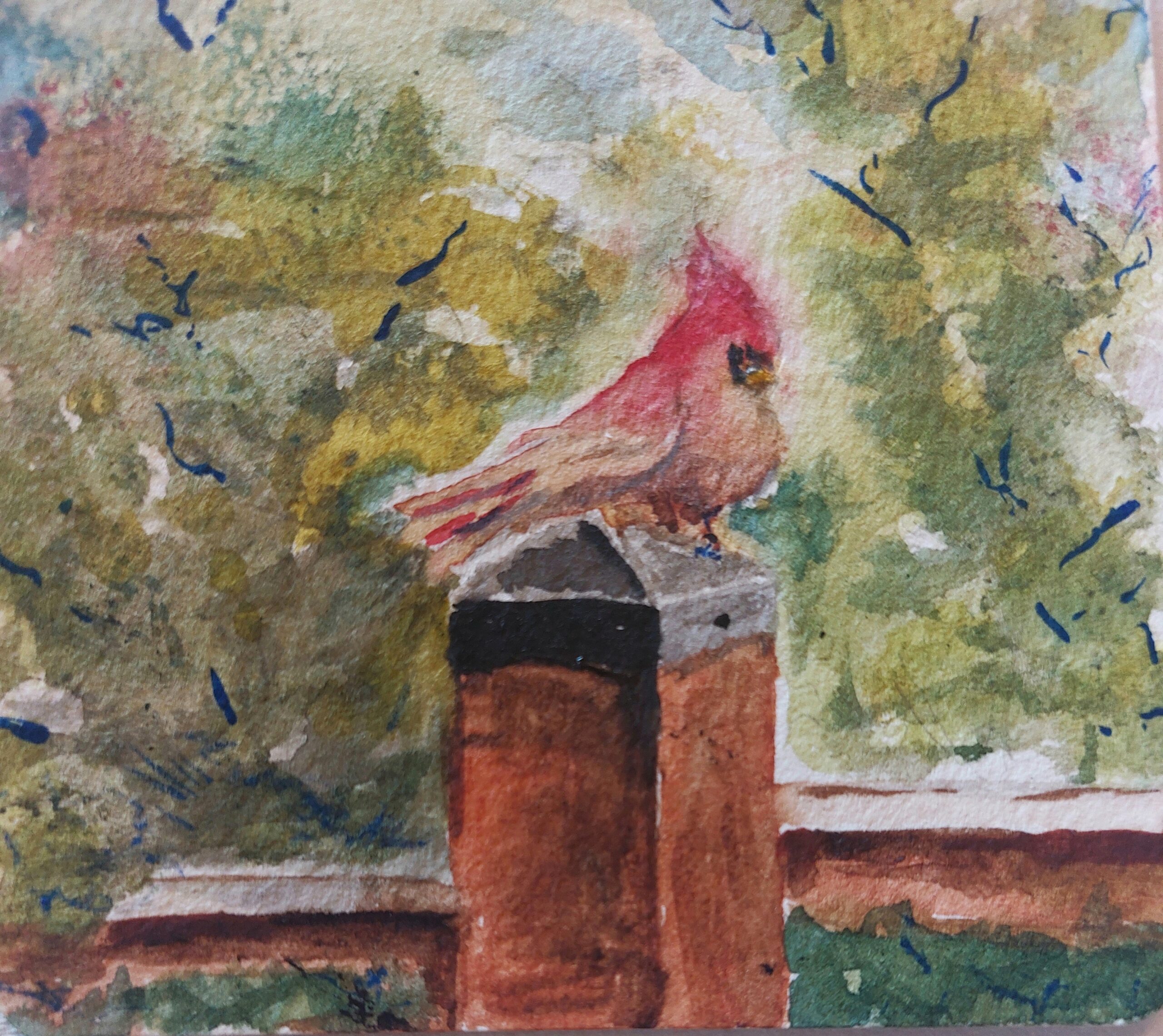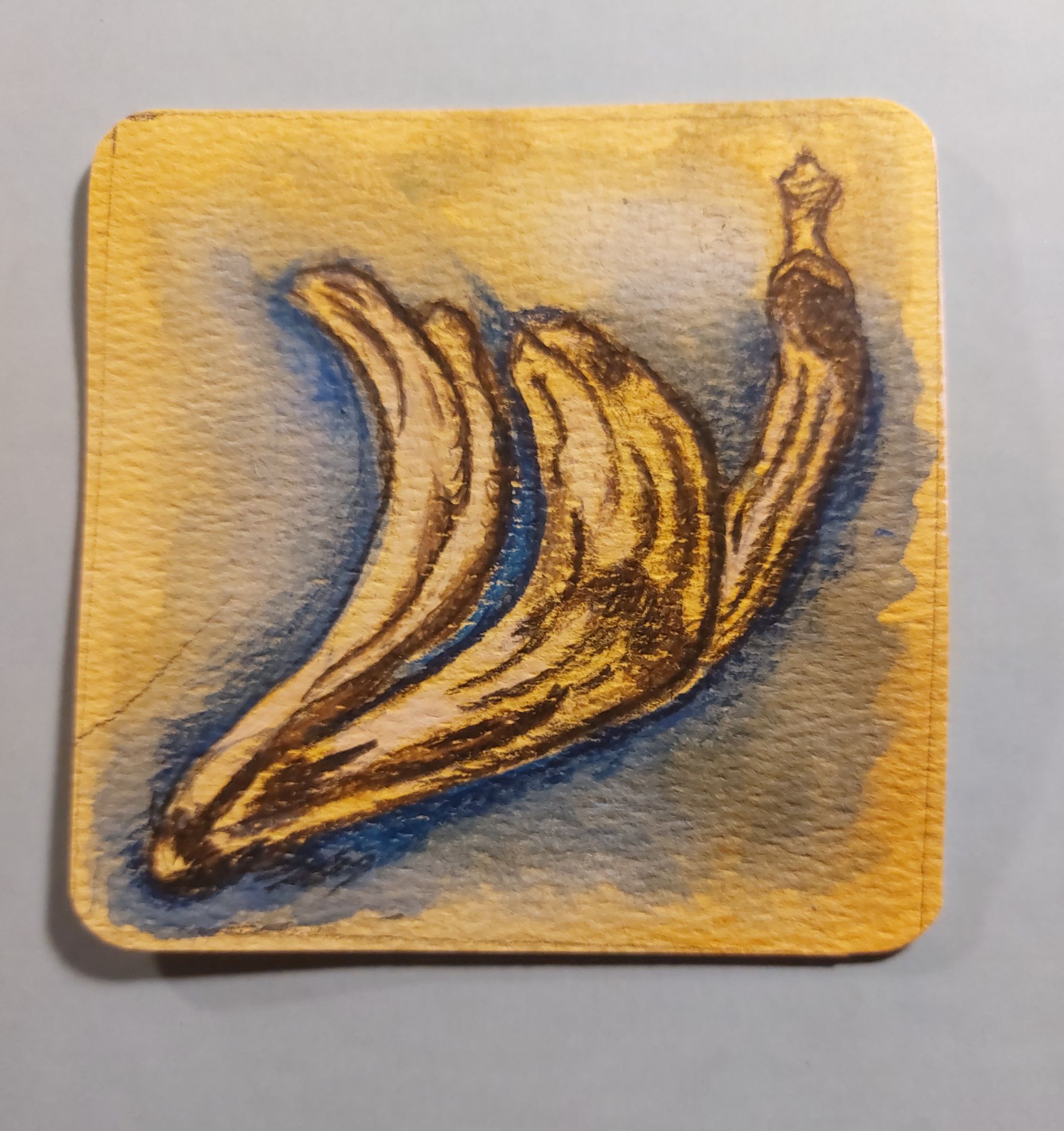
After the Fall… Of Leaves, That Is
Despite the cold snap that sent this week’s morning temperatures into the upper 30s, the big Bradford pear that graces our front yard is stubbornly hanging onto its summer-green, heart-shaped leaves. The spreading branches teem with a luxuriant mantle that refuses to give even a sneak preview of the orange-red glory that heralds a turn of the seasons. On my morning rounds outdoors, I note the many ways that autumn’s dormancy already spreads throughout my perennial garden. The coneflowers and coreopsis sport dry seed heads. The spreading sedum has turned from deep green to rust. The bright lantana pushes out its last few red and orange blossoms. Even the vigorous, or should I say invasive, nandina hedge that I inherited from former owners looks a little dull and worn. But the pear tree? Each day, I witness a lush, summer-like display of mint green. Maybe tomorrow, I say, the leaves will turn… maybe tomorrow… maybe tomorrow.
Our ornamental pear tree has a peculiar habit. One day, the tree is as green as a well-watered lawn. Then overnight it is covered in a mix of brown, red and green pigmented leaves that almost (not quite) rival the lush display of the Northeast’s maples and birches. What follows is not a long autumnal treat of eye-candy to be savored, but a quick lesson in the often-temporary beauty of nature. That brief but spectacular display ends with an overnight flurry. The quickly deteriorating leaves are soon scattered over the yard or strewn down the hillside. Each year, I am amazed anew at the brevity of our “fall foliage” season. Each year, I wish for just a few more days (dare I hope for a week?) when I can look upon the brightly twirling leaves or hear their rustling in the ever-present wind.
What remains after the fall are the bare, spindly branches that cast a sparse silhouette against the Cerulean blue November sky. That old tree has long exceeded its typical lifespan of 20 years or so. By my best calculations, it is well into its thirties and shows no sign of fading any time soon. When spring comes, I’ll watch it just as closely as I do now for a weird and wonderful reversal of the autumn timetable. One March morning, I’ll be making my garden rounds, wondering if it’s too early to plant some of those enticing bursts of color that are tempting me at the local garden store. One day, I’ll peek at the dead-looking stems of my lantana and see a hint of green. One day, I’ll trim those pesky nandina branches, knowing that eventually I will lose the battle to keep them at bay. One day, I’ll glance at that old tree and along its grey branches I will see no sign of life. Maybe tomorrow…. maybe tomorrow. Then almost overnight, the branches will swell and small buds will appear. The next day, the tree will be covered in a froth of pink and white blossoms. Just as quickly, those blossoms will carpet the lawn below, to be replaced by the bright green leaves like the ones I spot on this November day. It seems that Bradford pears are in the business of quick transitions: green leaves to orange ones; orange leaves to bare gray branches; bare branches to buds; buds to flowers; flowers to leaves. (The Bradford Pear does not produce fruit)
The pace of those transitions fills me with awe and a twinge of envy, for change is not so quick for me. I linger over decisions. I weigh the pros and cons. I start to act and then pull back. None of these habits are intrinsically harmful. Indeed, the slow way, the gradual way, can be the best way to make plans or prepare for life’s inevitable transitions. The pear tree, however, has different advice for me. The minute-by-minute, awe-giving miracles of life should also have a place in my realm, overtaking me suddenly, bidding me stop and wonder and marvel. I can occasionally push the urge for steady caution aside. I can revel in the instantaneous and rejoice in sudden transitions that can be harbingers of beauty. From time to time, I can simply enjoy something surprising that greets me as the day begins. For now, that old tree is as green as green can be as November winds down towards Thanksgiving. Soon, perhaps, I’ll be greeted by a multi-colored panorama.
Maybe tomorrow…maybe tomorrow.
As I wait, I’ll turn my heart intentionally towards thankfulness, for it is that season, after all: thankful for green leaves and orange ones; for the bare branches that hold the promise of tender buds within their hard and gnarly limbs; for the quick turnarounds of life as well as the slow meanderings.
“Autumn is a second spring when every leaf is a flower.” — Albert Camus
Or… as the greatest minds of our times would say:
Make like a tree and leave.
1A Community of Trees. Original artwork Photo by Beth Hatcher © 2024
This picture is also a part of the Perpetual Calendar in my November Art Show at the Bosque Art Center.




3 Comments
Jean Lewis
Beautiful!!
Laura Vaughan
As I always, I love what you have to say and your art! Kind of a stop and smell the roses, but this is to stop and wait to see the changes that take place in nature and in our lives. Thank you!
Judith Baker
A lovely meditation